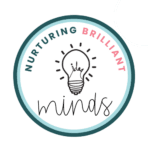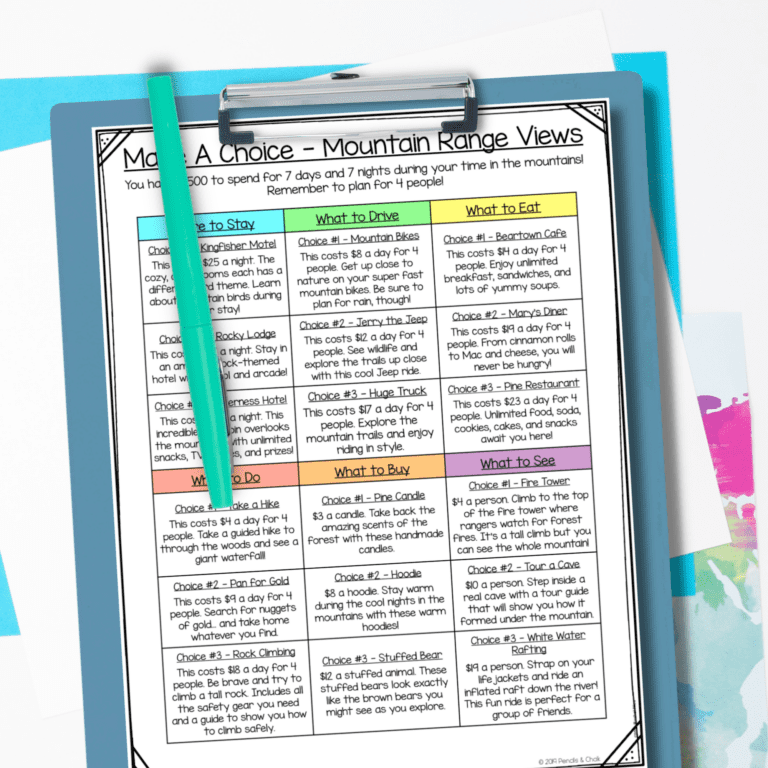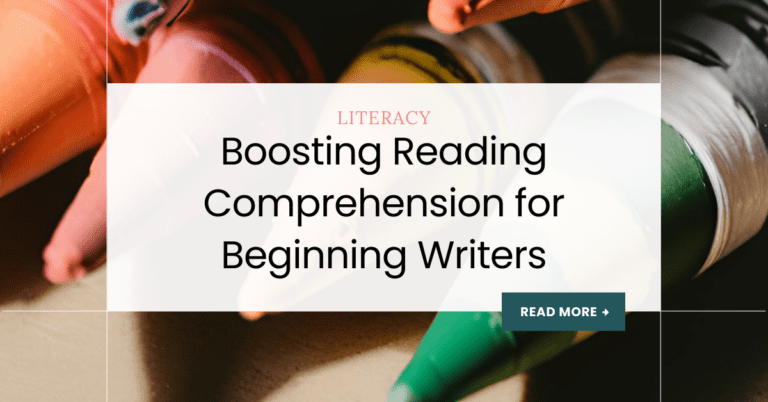How many of us might say, “I’m just not a math person.” Probably a lot!
But, when we are trying to develop early math skills in our children, it can feel daunting when we don’t love math ourselves.
Here are some essential concepts you can focus on with young children to help foster a love for all things math.
Table of Contents
What Are Early Math Skills?
The good news is that math does not necessarily mean pages upon pages of complicated algorithms. Math is simply about recognizing patterns, order, and systems.
The earlier we can establish these fundamentals in our children, the more easily we can develop early math skills and help them become ingrained and natural.
Counting
Counting objects with 1-to-1 correspondence is the cornerstone so your child can develop early math skills.
Children need to understand that counting each object individually is what “math” is all about.
Slowing down and taking the time to teach counting correctly, will give your children mathematical confidence.
It is developmentally appropriate for preschoolers to be able to master counting and begin to make math connections.
Simple Application: Practice counting objects all around you. Stuffed animals. Books, Cheerios. Clouds. Everything!
Shapes
Shapes are EVERYWHERE, so they’re easy to reinforce! Point out the shapes you see in kid-friendly language. “Oh, look, that cereal box is a rectangle!”
Teach the names of 3D objects as well, such as cones (ice cream!) or spheres (balls!) Start to point out ways that shapes can be joined together to make new shapes.
Simple Application: Next time you’re at the park, ask your child to find as many shapes as possible.
Not only will this develop early math skills, but it will also reinforce that “math” is not just worksheets — it’s everywhere!
Patterns
Pattern recognition helps children become better at math and overall learners.
You can help them recognize patterns in math by creating simple ABA, ABC, or ABBA patterns.
Use a variety of concepts to demonstrate these patterns;
- colors
- shapes
- letters
- animals
Patterns also appear in language with rhymes and in music with rhythms. Point out rhyming patterns in books, along with unique patterns such as alliteration.
Simple Application: Grab a box of crayons and a piece of paper. Make a pattern that repeats at least two times.
Have your child complete/repeat the pattern independently.
Greater Than, Less Than
Developing concepts of “more” and “less” help wire the brain to view math as quantitative.
We can describe objects in relation to others based on how many we have.
Understanding how numbers, quantities, lengths, and heights can be larger or smaller than one another helps when they begin to learn computational skills.
Developing early math skills like number sense will help children be able to recognize that adding numbers together makes them larger while subtracting makes them smaller.
Simple Application: During snack time give your child fewer goldfish than yourself. Ask them; “Who has MORE goldfish? Who has LESS?”
Count the fish, then enjoy a snack together!
Simple Addition and Subtraction
Beginning to put numbers together and take them apart is foundational to understanding basic math skills.
Children learn best through visual and concrete methods to see the concept. Use physical objects to show addition and subtraction.
In math education, these are often called “manipulatives.”
Simple Application: Use small counters, little animals, and wooden shapes, to show basic addition concepts.
Also, use your fingers! These built-in manipulatives help children visually “see” the concept.
Develop Early Math Skills In A Fun Way
Remember, your children will always feed off of your energy!
Always make learning positive and fun!
The more fun your children are having while learning, the easier it will be to foster a love of math.




